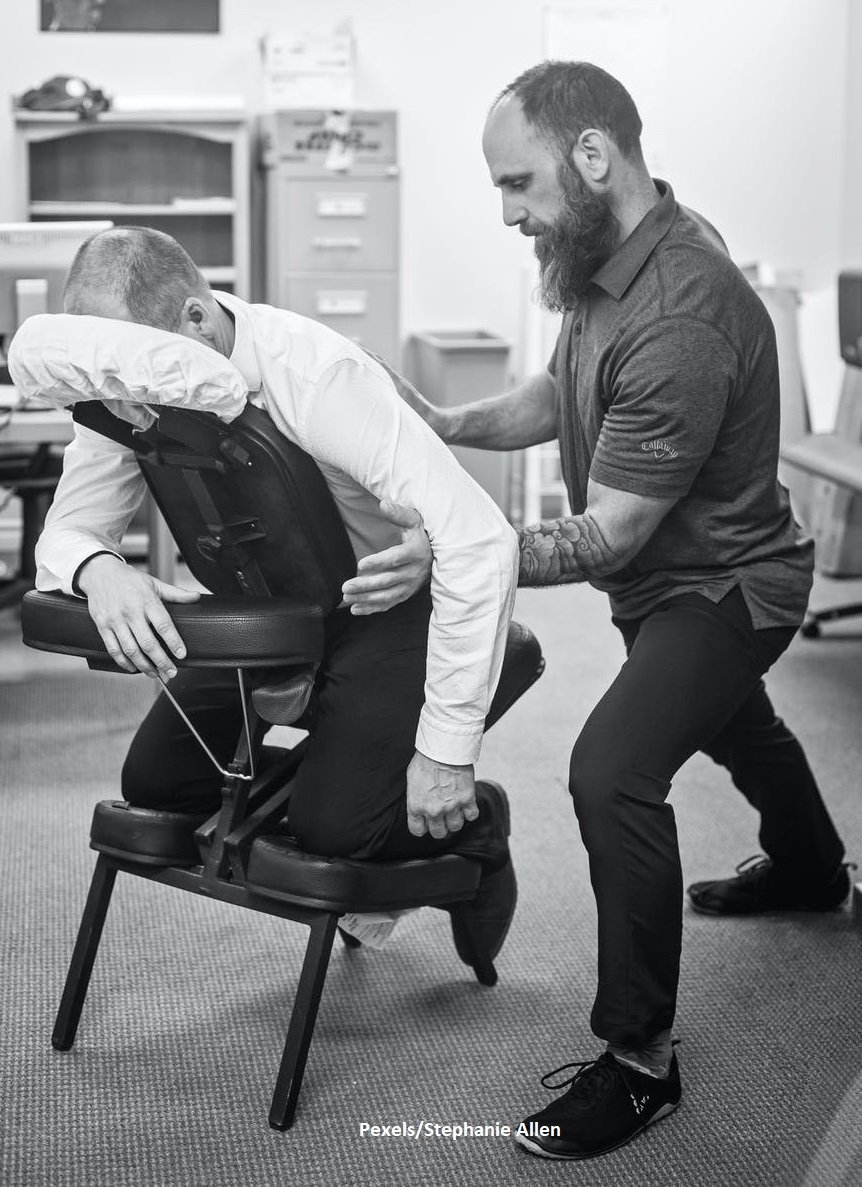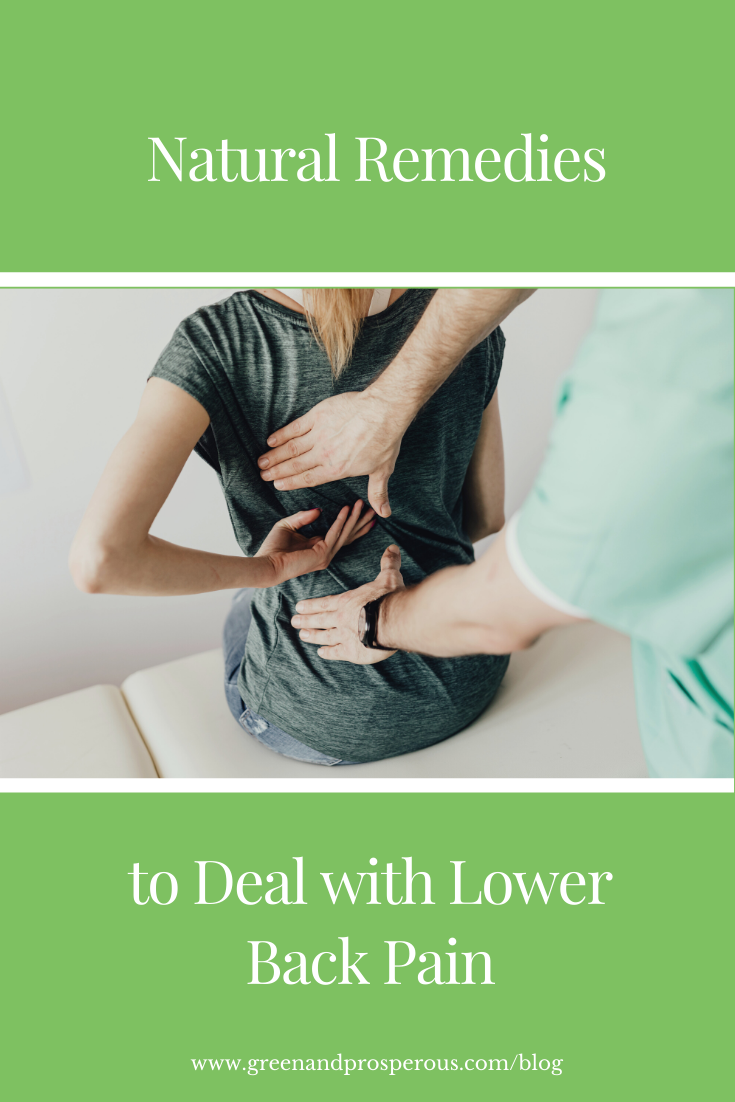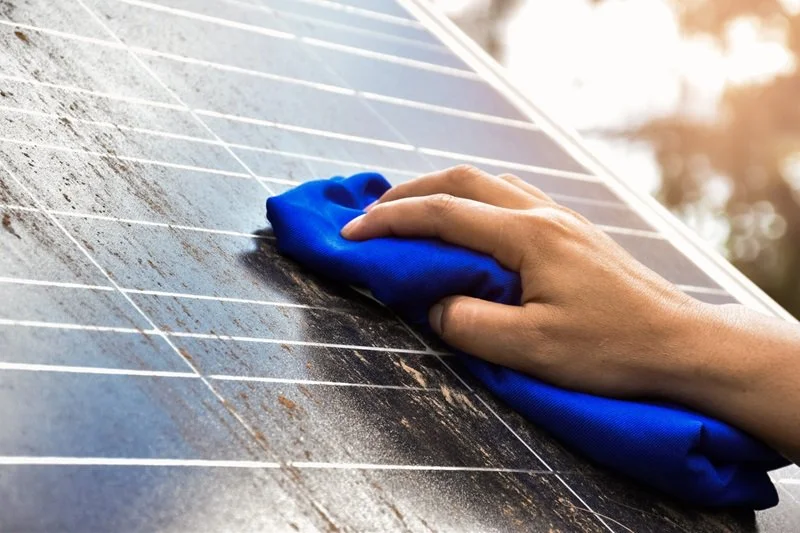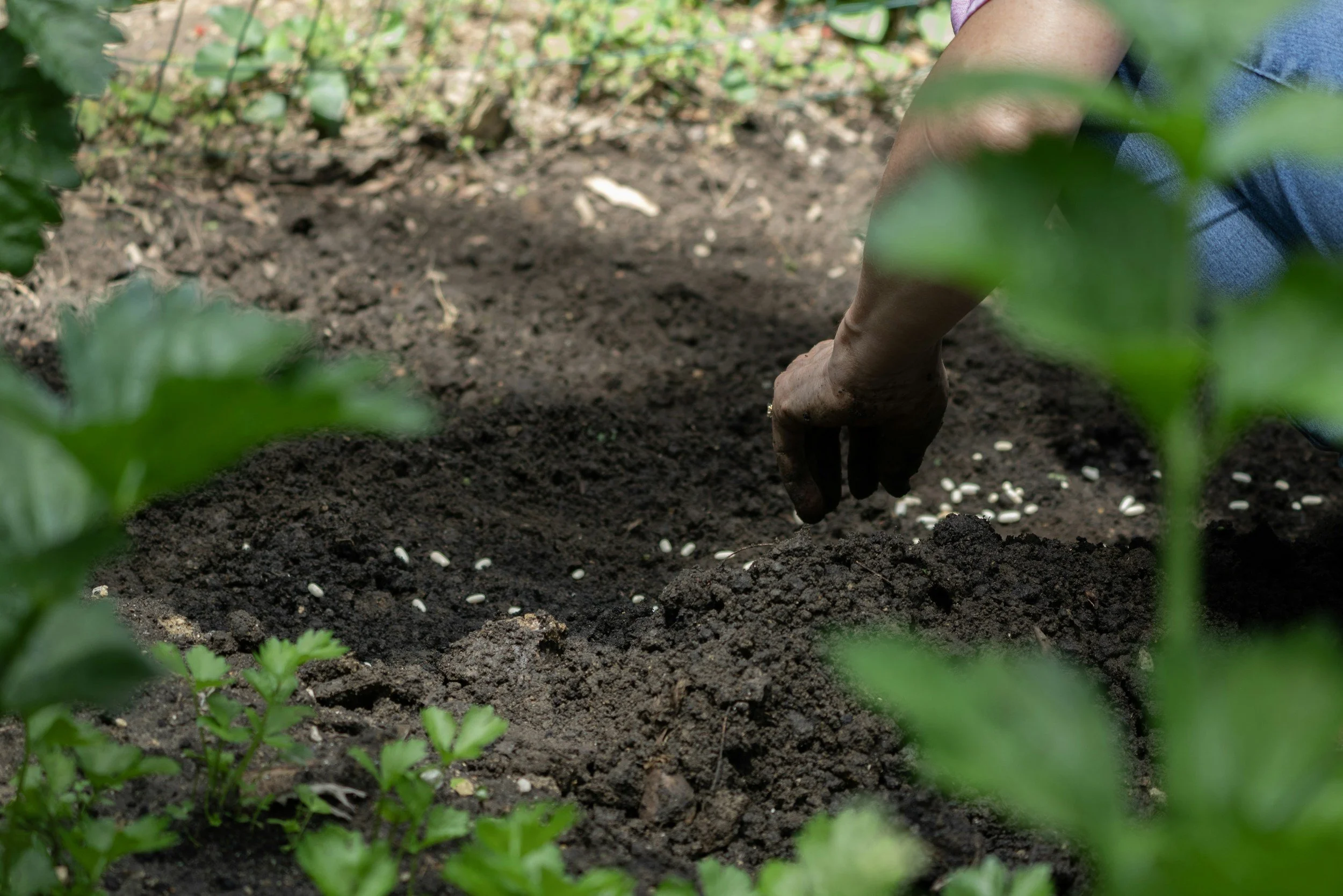Natural Remedies to Deal with Lower Back Pain
/Lower back pain affects millions of people each year. This issue has only increased since the global pandemic. Among other things, less movement, more working on computers from home, and the use of less-than-ideal chairs during work hours at home are contributors.
Most of us will end up with lower back pain at some stage of life, and it may even lead to a disability. If you’re currently struggling with pain in this area or have someone you care about who is, it helps to know more natural ways, rather than chemical-based medications, to deal with the issue. Here are some simple yet effective strategies you or someone you know can test out.
Applying Heat and Cold
Firstly, applying heat and cold to your back can significantly lessen swelling, inflammation, and pain. In the first two days after the discomfort begins, use an ice pack on the affected area for around 20 minutes at a time. This will restrict blood, shut down capillaries, and then lessen swelling. Your nerves won’t be able to conduct so many pain signals to your brain when the swelling reduces,and you should feel better as a result.
Once you’ve got past the first couple of days, you can start applying heating pads to your back or lie in a hot bath to help relieve pain intensity. You don't want to overdo the heat, but 20 minutes at one time should be sufficient in most cases. The heat on the sore parts of your back will bring more oxygen to the cells there, loosen your tight muscles, and increase circulation, all of which aid pain management.
Pain Relief Patches
Another promising option is pain relief patches, which offer a non-invasive, medication-free way to manage discomfort by working with your body’s natural signals. These patches often contain natural ingredients like menthol, capsaicin, or essential oils that help soothe sore muscles and improve circulation to the affected area.
Designed to be applied directly to the skin, they deliver targeted relief throughout the day without the need for frequent reapplication or systemic side effects. Many people appreciate the convenience of wearing a patch while going about their daily activities, making it a practical addition to a holistic pain management routine. For best results, choose patches that are free from synthetic additives and consult a healthcare provider if you're unsure which type is right for your specific condition.
Good Posture
You may have developed a bad back due to poor posture, but regardless, slouching all the time can exacerbate lower back issues and the pain you feel from them. Take steps to walk, sit, and stand taller and straighter. It is important to always bend, lift, and otherwise move in a strategic and safe way. This care will protect your back and help you avoid pain.
Do what you can to avoid sitting for long periods at a desk, on the couch, or for other reasons. Try to be cognizant of when you’re slumping in your chair or hunching over a screen. Steer clear of activities where you need to reach at an awkward angle. Sitting and moving in unnatural ways will only contribute to lower back pain. In some cases, wearing a device that reminds you to sit up straight and avoid hunching your back or shoulders, such as a soft back brace or posture corrector, can help you develop better habits so that maintaining a healthy posture becomes second nature.
One additional tip that can help you feel better is to place your computer at a decent height, so you don’t have to keep looking down and won’t slump as a result. Use a comfortable ergonomic chair and take regular breaks throughout the day to move about and reposition your neck, shoulders, and back. Remind yourself to lower your shoulders and tuck your neck in so your lower back doesn’t have to take on so much work. A standing desk can also help, but is prohibitively expensive for many people. If this is the case for you, try using a folding laptop bed tray on your desk to elevate your computer to a suitable height.
Cannabis or CBD Products
When we have back pain, we tend to reach again and again for over-the-counter or even stronger, prescribed pain killers. While this is okay in small doses, it’s best to avoid these types of products longer-term wherever possible. You might want to consider trialing cannabis or CBD products to see if you see benefits from them.
Many people find that these more natural, plant-based pain management alternatives help them get back to their everyday lives more quickly and consistently than specific pain medications. Research online for trusted dispensaries in your area or from whom you can happily order online, no matter the distance. If you need a starting resource, check out Weedmaps for options.
New Mattress and Bed Frame
If you haven’t changed your bed mattress out for a new one in years, and if you’re still using a decades-old bed frame that’s starting to fall to pieces, you’re not doing your back any favors. It’s likely time to update the bed support to something that will stop a mattress from sagging in any place, and that will provide some helpful solidity and firmness under even a super plush mattress.
Then, test out a variety of mattress products to see what type suits your body size and weight, the way you sleep (e.g., side, back, stomach), and the materials you prefer. If you have a mattress that’s too old or simply doesn’t suit you personally, then this can be a recipe for lower back disaster. You’ll feel more pain and your back is likely to get even worse.
Exercise and Complementary Medicine Treatments
You can also reduce lower back pain by moving, stretching, exercising more, and losing weight, so your back has less to cope with. Strengthen your core muscles so they can provide more support to your back, and consume anti-inflammatory drinks and foods wherever possible.
You might also like to see practitioners who can perform treatments on you such as physiotherapy, massage, or acupuncture. Chiropractic care is also a good option for many people who suffer from back pain. Any of these remedies may require multiple, long-term treatments and/or periodic follow-up maintenance sessions. In many cases, your health insurance may cover part or all of the cost of treatment – check with your insurance agency to find out more information. Above all, it’s important to choose licensed practitioners of these treatments: in some cases, there are national regulatory organizations for each field that can also provide recommendations to help you choose a trustworthy practitioner.
Be smart and strategic about your choices and habits, and you should hopefully have much less back pain to deal with in the future.
About the Author:
Zaroon Khan is a content writer by day and a reader by night.
Like this? Please pin!








































